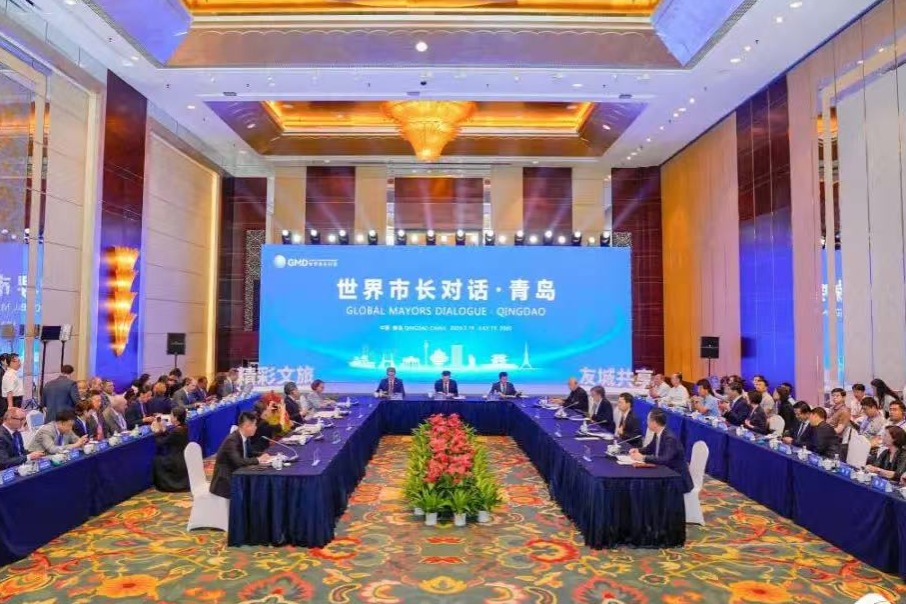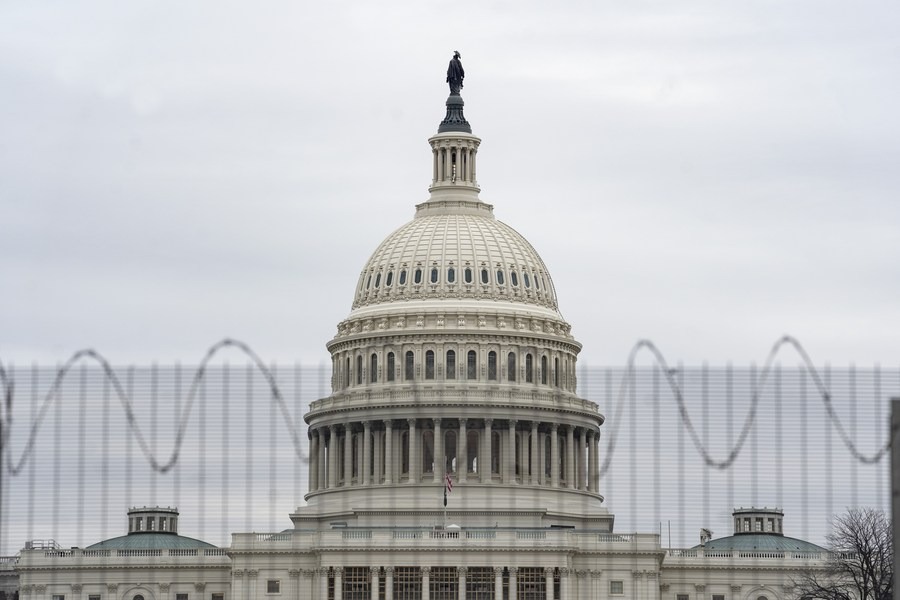Maintaining peace and goodwill


China and the US should embrace their common humanity in the face of common challenges
Former US president Richard Nixon's historic visit to China 50 years ago heralded an era of peace in the Asia-Pacific. Not that the China-US rapprochement was the sole factor that made it possible for billions of people to live in peace over decades, but it certainly was the predominant factor, and will continue to be so.
Despite lofty words and grandstanding, the true intention of Nixon's surprise week-long visit to China in 1972 was to play a classic geopolitical game against the Soviet Union, so that the United States could get out of the quagmire of the Vietnam War and gain a better position on the negotiation table with the Soviets concerning strategic weapons. Former US secretary of state Henry Kissinger probably did not and could not foresee that he would live almost 100 years and witness such a long period of peace arising as a result of his secret visit to Beijing that prepared Nixon's trip seven months later. Yet, since the promulgation of the Shanghai Communique, the document signed during president Nixon's visit to China, there has been no major war in the Asia-Pacific region.
Like it or not, it is the US support for a strong and prosperous China that is behind this long period of peace. Modern history teaches us that a weak, fragmented, and humiliated China invites foreign invasion, civil war and revolution. The US knew from the "Open Door Policy" days in the late 1890s that it was detrimental to US national interest to see Chinese sovereignty and territorial integrity violated or for China to fall into isolation. Nixon's visit reopened commercial links across the Pacific. And this, together with China's own initiative to pursue reform and opening-up, enabled China to gradually and steadfastly grow to become the second-largest economy in the world, and China-US ties to become the world's most important and mutually beneficial bilateral relationship. Along the way, the entire Asia-Pacific region has developed complex interdependence and enjoyed unprecedented peace in modern times.
It is a deep conviction of some Western strategists that the hub-and-spokes alliance system created by the US during the Cold War is the foundation for peace and stability in the Asia-Pacific. In particular, the US-Japan security treaty is viewed as the cornerstone of the regional security arrangement and they consider the US' military presence in allied countries to be indispensable to deterring any challenge to the status quo, despite the fact that the US is much more likely to start a war against a frail party.
And there are strategists today claiming to be experts on Chinese history and China-US relations who have drawn the conclusion that a NATO-like security structure, rather than an encompassing and inclusive arrangement, would be an improvement over the hub-and-spokes system.
In fact, the most significant aspect of Nixon's handshake with premier Zhou Enlai and Chairman Mao Zedong was the courage and ability to communicate and adopt practical solutions that cut across the two countries' different political and value systems, cultures and civilizations.
There can be no doubt that the thorniest issue of Nixon's visit to China was the Taiwan question, but the most ingenious part was also its solution. The one-China policy has not only been the political foundation of China-US relations, but also the prerequisite of every diplomatic relationship between China and other countries. Thanks to that policy and the commitment to it by consecutive US administrations until today, long peace endured across the Taiwan Straits, and people of the Chinese mainland and Taiwan have been able to focus on expanding economic and cultural relations around the world.
But given the current propensity of US politicians toward "great power competition", the one-China policy is no longer being upheld even in spirit. The incremental encroachment on this policy in recent years, first by the US and now by countries such as Lithuania, has emboldened the secessionists on the island, brewed distrust, elevated military threats, disrupted trade and people-to-people exchanges, and ultimately destabilized the entire region. Dragging more US allies to interfere in the Taiwan question will only exacerbate the problem and add to the danger of a real crisis that won't get resolved like the last one in the mid-1990s.
Fifty years ago, the leaders of China and the US saw common interests and the great potential of friendly relations between the two peoples, and they acted decisively to pursue those common interests. The result has been a combined engine powerful enough to drive Asia-Pacific regional development as well as globalization for a generation. However, some argue that engine has broken, others say that it worked for China but hurt the US, and still some others say that it propelled the privileged few in both countries to wonderland while leaving many in ruins.
Once again we stand at an inflection point and both sides need to ask this: Do we need to abandon this engine and use separate ones, or do we service the engine and modify it to make it work properly? Maybe in search of China-US common interests, both could start with finding their common humanity so as to face the shared challenges they face in the age of artificial intelligence, just as Kissinger suggested in his latest writings, 50 years after his plane secretly landed in Beijing.
The author is director of the International Politics Program at the National Institute for Global Strategy at the Chinese Academy of Social Sciences.The author contributed this article to China Watch, a think tank powered by China Daily. The views do not necessarily reflect those of China Daily.
Contact the editor at editor@chinawatch.cn


































